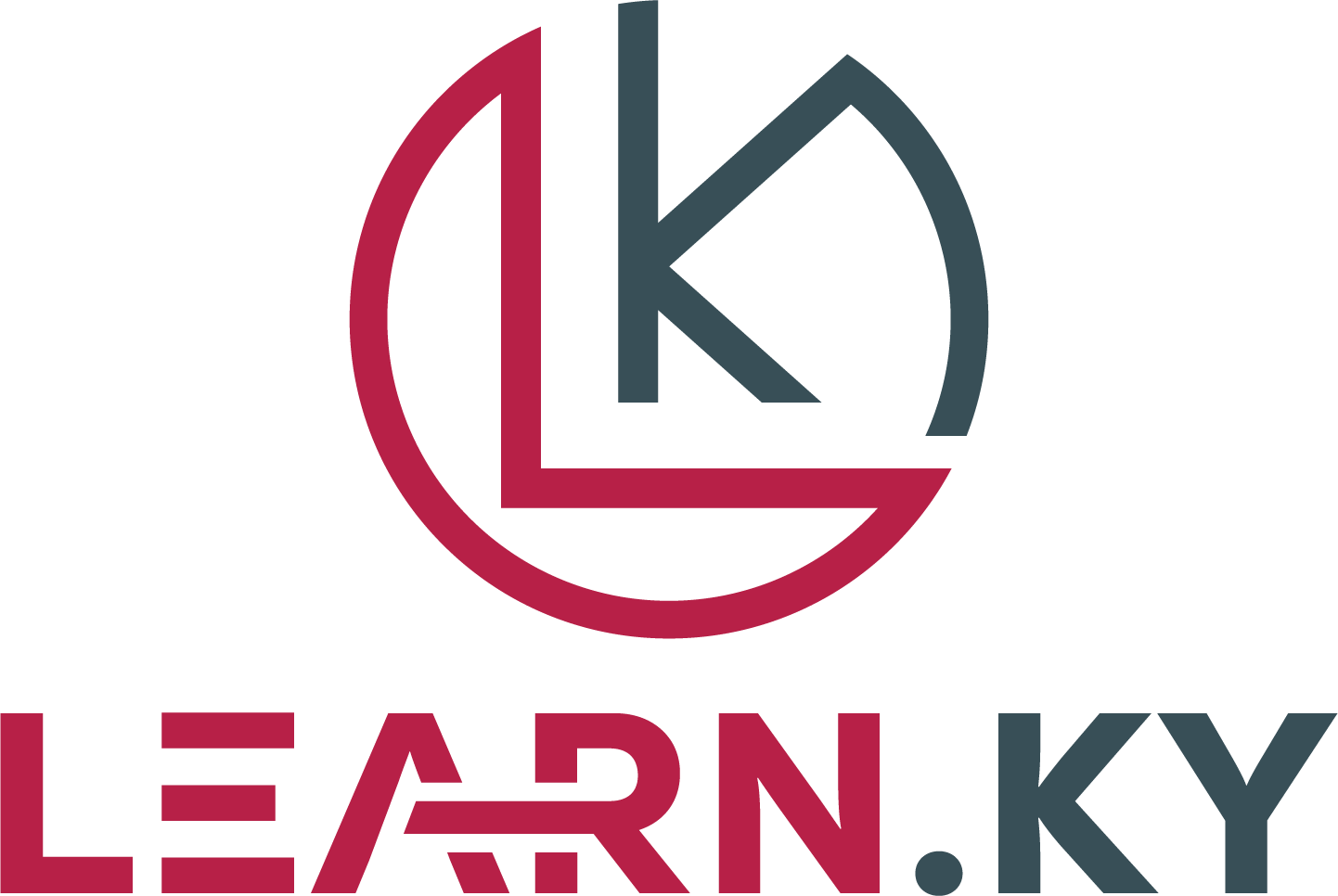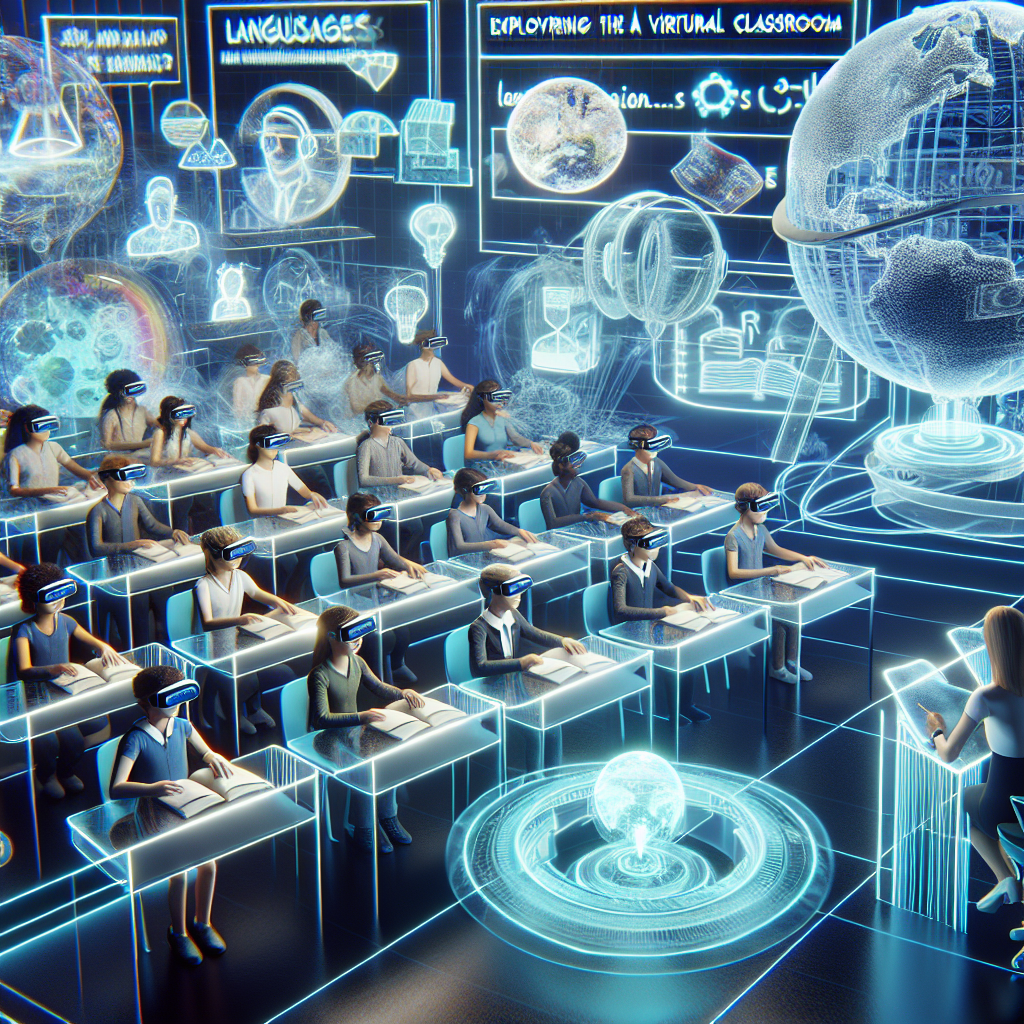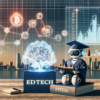One of the key advantages of VR in education is its ability to bring abstract concepts to life. Instead of trying to visualize complex scientific phenomena or historical events based on text or static images, students can now step into a virtual simulation that allows them to explore, experiment, and understand these concepts in a hands-on manner. This experiential learning not only deepens students’ understanding but also makes learning more engaging and memorable.
Moreover, VR can bridge the gap between theory and practice by offering realistic simulations of real-world scenarios. For instance, medical students can practice surgeries in a virtual operating room, engineering students can design and test prototypes in a virtual workshop, and language students can immerse themselves in a virtual cultural environment to practice their language skills. These simulations not only enhance students’ practical skills but also prepare them for real-life challenges in a safe and controlled environment.
Another benefit of VR in education is its ability to personalize learning experiences. Through adaptive algorithms and personalized feedback, VR can tailor educational content to suit individual learning styles and pace. This personalized approach not only meets the diverse needs of students but also ensures that each student can progress at their own level, promoting a deeper understanding of the subject matter.
Furthermore, VR has the potential to democratize education by breaking down geographical barriers. With VR technology, students from remote areas or underprivileged backgrounds can access high-quality educational content and resources that were previously unavailable to them. This democratization of education not only promotes inclusivity but also empowers individuals to pursue their educational aspirations regardless of their socio-economic status.
Despite its many benefits, the integration of VR in education also presents some challenges. One major concern is the cost associated with implementing VR technology in schools and educational institutions. From purchasing VR headsets to creating custom content, the initial investment can be significant, especially for cash-strapped schools. Additionally, there are concerns about the potential for VR to isolate students from real-world social interactions, leading to feelings of disconnection and loneliness.
In conclusion, the future possibilities of VR in education are vast and promising. By offering immersive, interactive, and personalized learning experiences, VR has the potential to revolutionize the way we teach and learn. However, it is crucial for educators, policymakers, and stakeholders to carefully consider the opportunities and challenges that come with integrating VR technology into education. With thoughtful planning, investment, and collaboration, VR can truly unlock the full potential of education and prepare students for the challenges of the 21st century.










